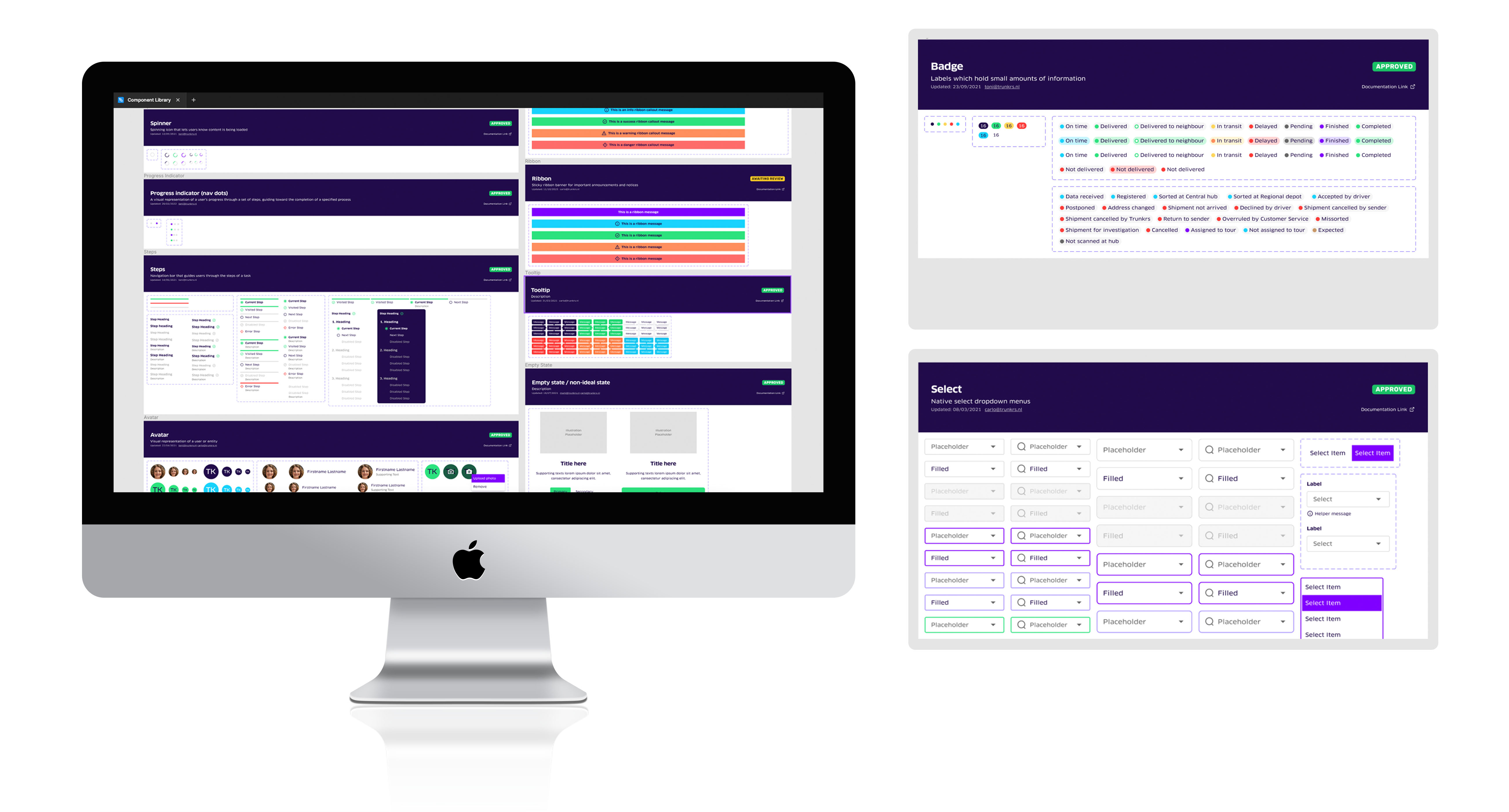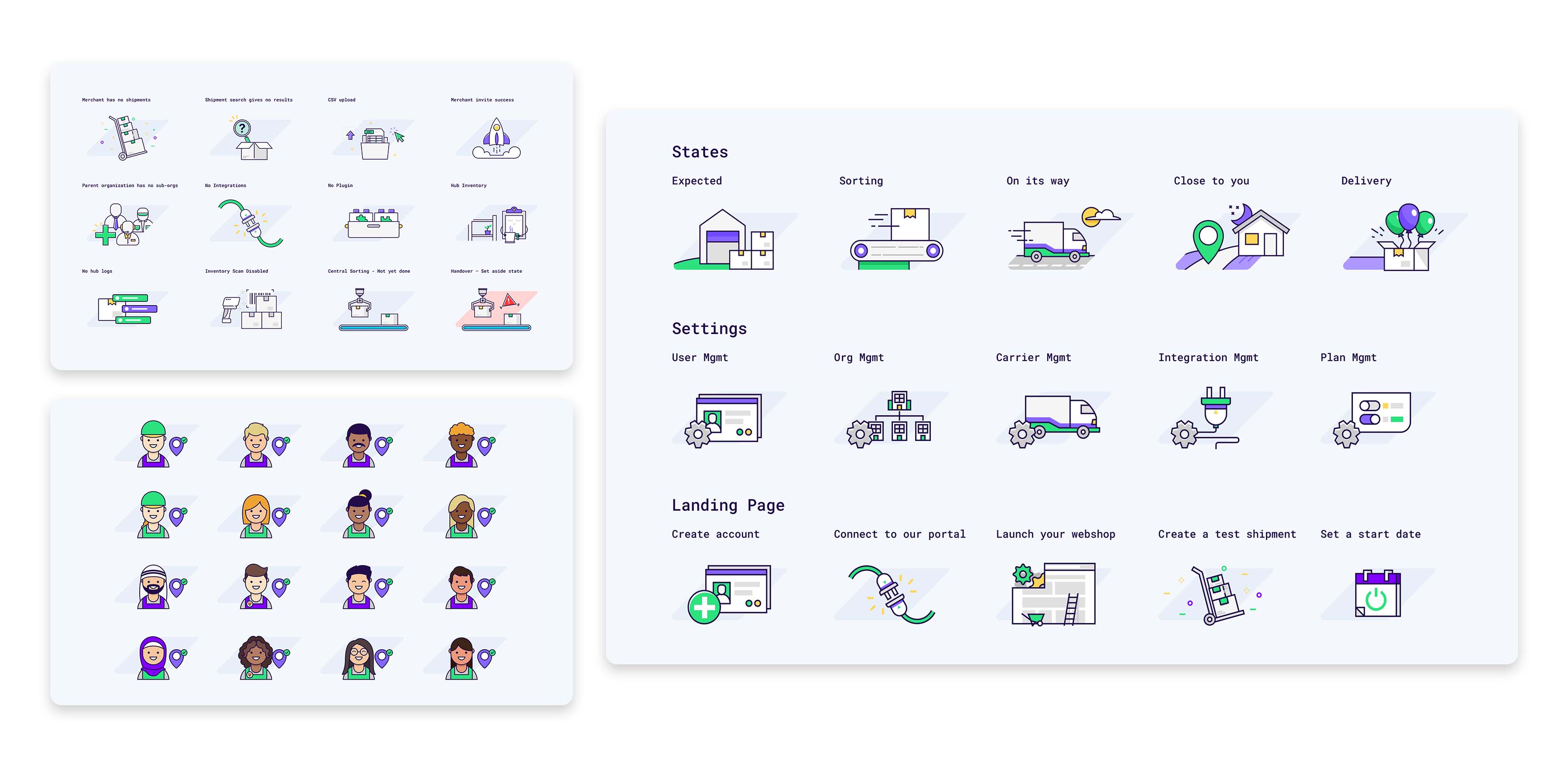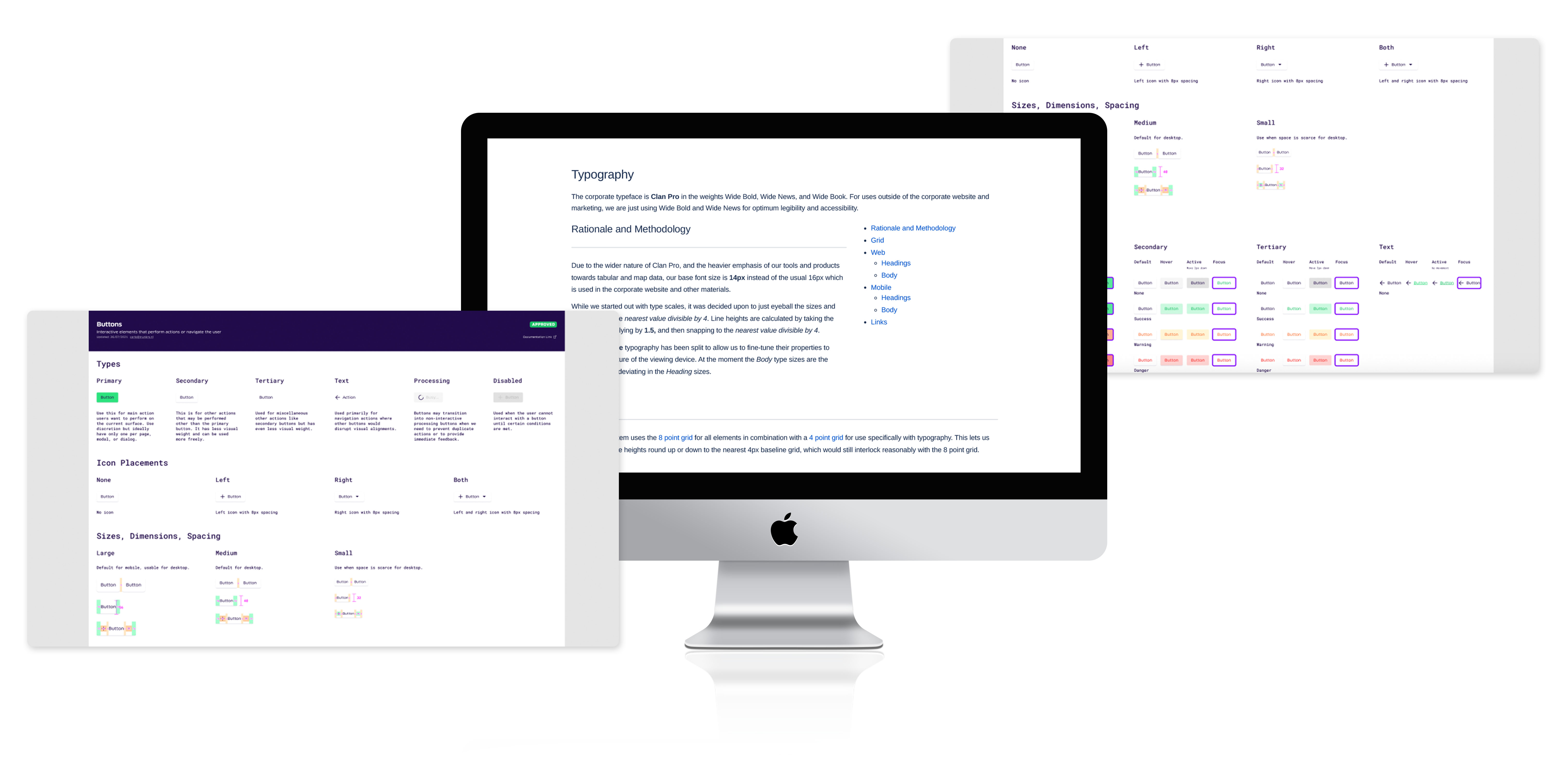I. RESEARCH
Apr 2014 - Mar 2015
Challenge
Every time we started a new project or developed new features for one of our products, we always designed elements from scratch. This meant designing the same components repeatedly, creating inefficiencies in time and workflow. Additionally, we noticed numerous inconsistencies in design elements, outdated interface components, and scattered resources across our products and team departments.




